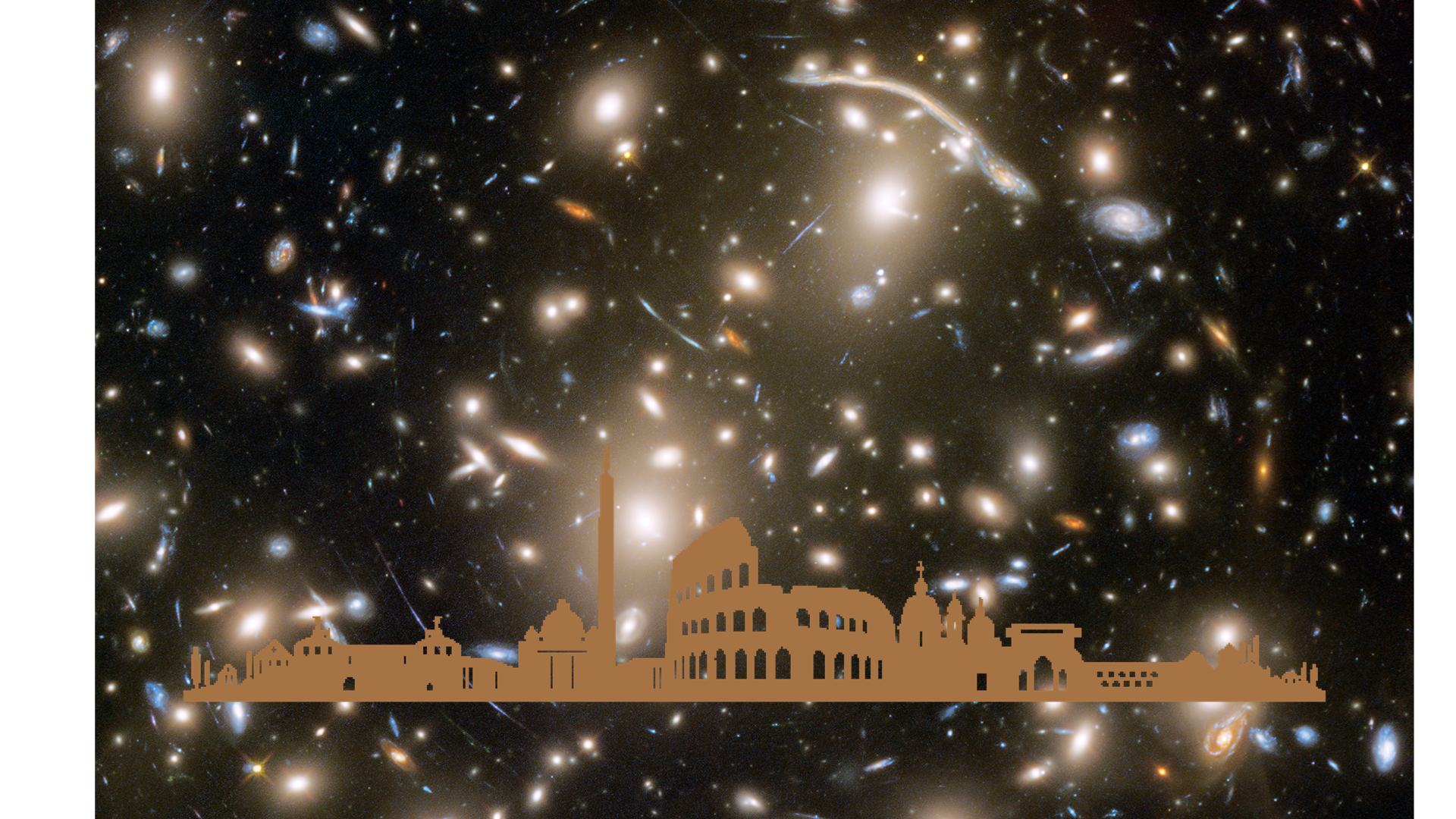Our science revolves around exploring the cosmic epoch from the formation of the first stars and galaxies, known as Cosmic Dawn, to the conclusion of cosmic reionization. This is a period (roughly covering the first Gyrs of cosmic history, or z > 6) of extraordinary interest, as it maps when the first stars and galaxies formed after the Big Bang and produced the photons that ionized the neutral-hydrogen InterGalactic Medium (IGM), triggering the last phase-change of the Universe.

Despite recent strides, our comprehension of this epoch remains limited.
The physical nature and evolution of early cosmic sources remain ambiguous. Theoretical predictions suggest that the first stars were significantly more massive than contemporary ones, playing a crucial role in illuminating the nascent universe and initiating reionization. However, understanding the transition from Pop III to Pop II/I stellar populations necessitates a comprehensive grasp of the interplay between molecular, metal, and dust content within star-forming regions.
Unfortunately, the origin and properties of interstellar dust at z > 6 are also still largely unknown, which adds further uncertainty to the understanding of star formation, as dust is a key coolant of the interstellar medium (ISM) and to the predicted observational properties of primeval galaxies. Dust evolution has recently started to be implemented in only a few numerical models, including our own dustyGADGET. Despite these progresses, current simulations still lack the capability to couple molecule, metal and dust evolution with the efficiency of star formation and the emerging stellar mass spectrum.
Observational constraints are hindered by the scarcity of galaxy samples and uncertainties in interpreting data, particularly in the rest-frame UV. While observations suggest young and metal-poor stars in these galaxies, recent findings indicate early dust enrichment, challenging existing models.
The James Webb Space Telescope (JWST) promises a revolutionary shift, offering unprecedented sensitivity and resolution to unravel the mysteries of primeval galaxies.
Our science focuses on elucidating the physical mechanisms driving galaxy evolution during this critical period. Leveraging our expertise and involvement in key observational campaigns, our team aims to make transformative contributions to our understanding of this unique phase of cosmic history.
